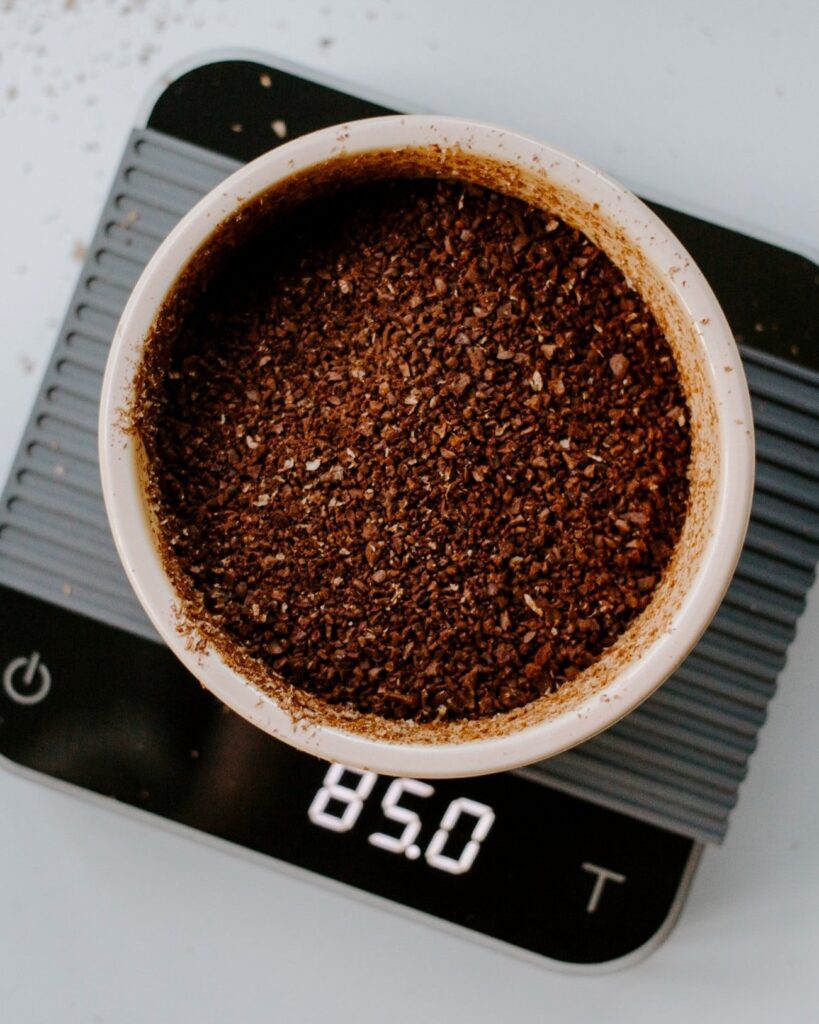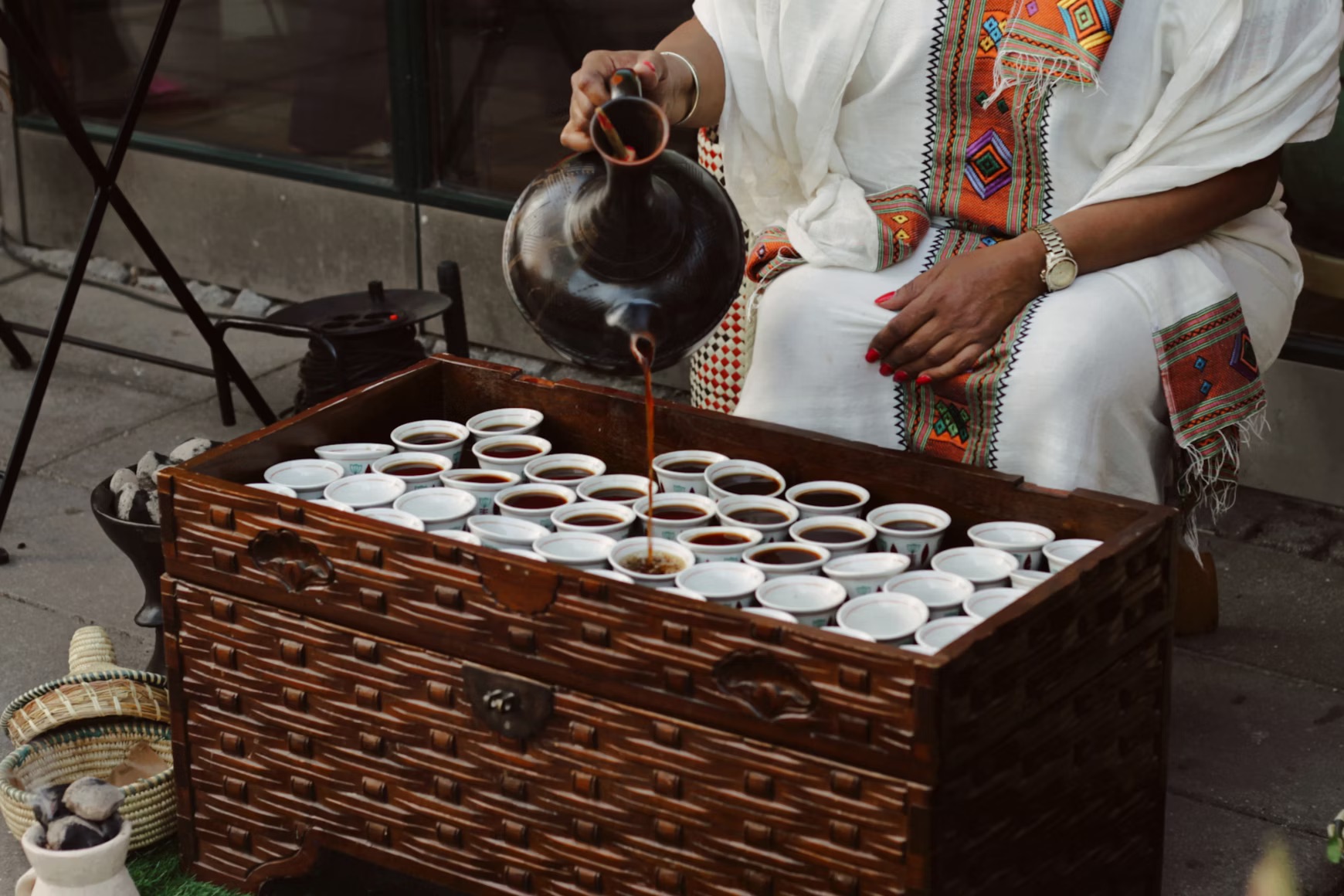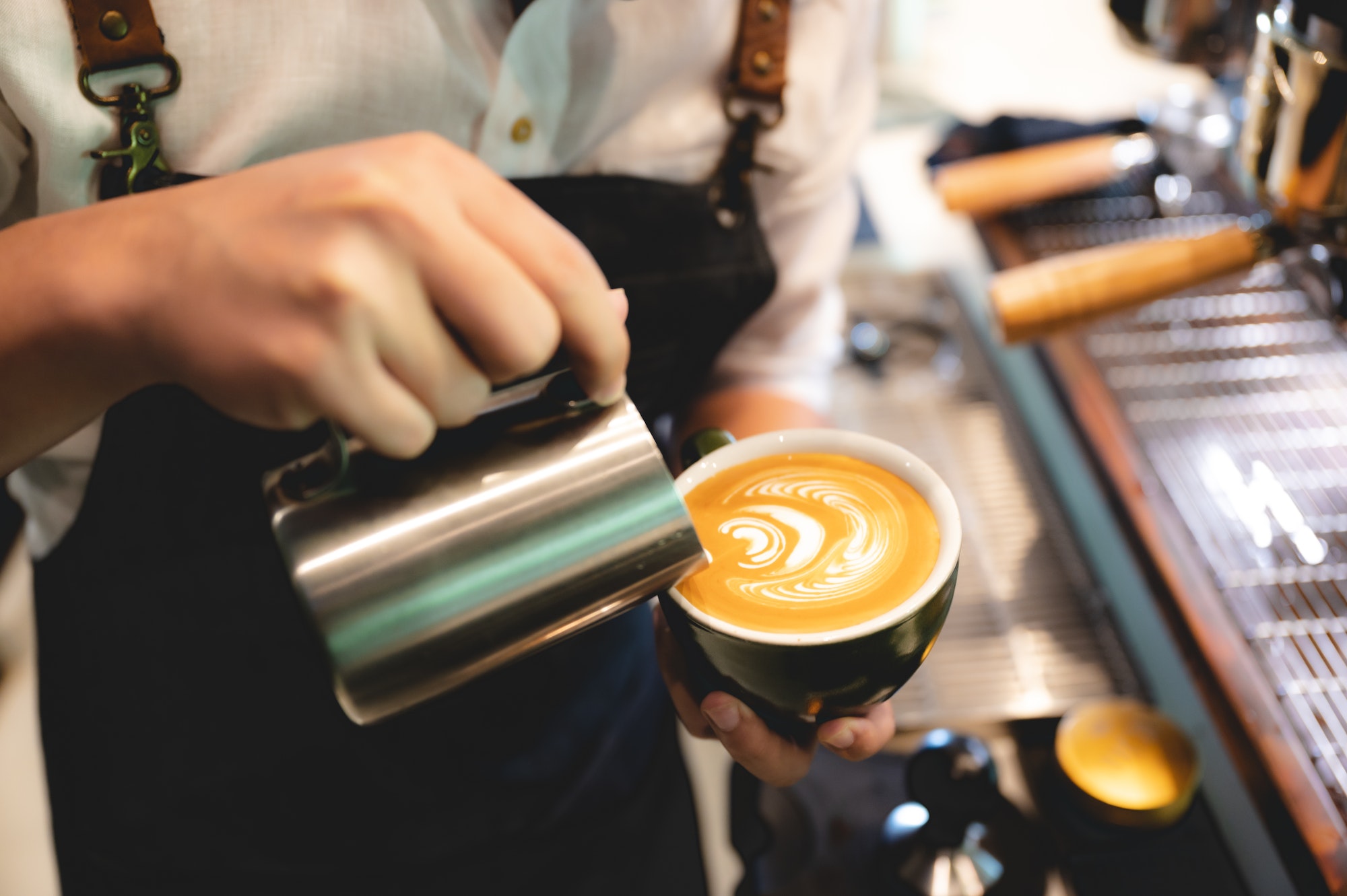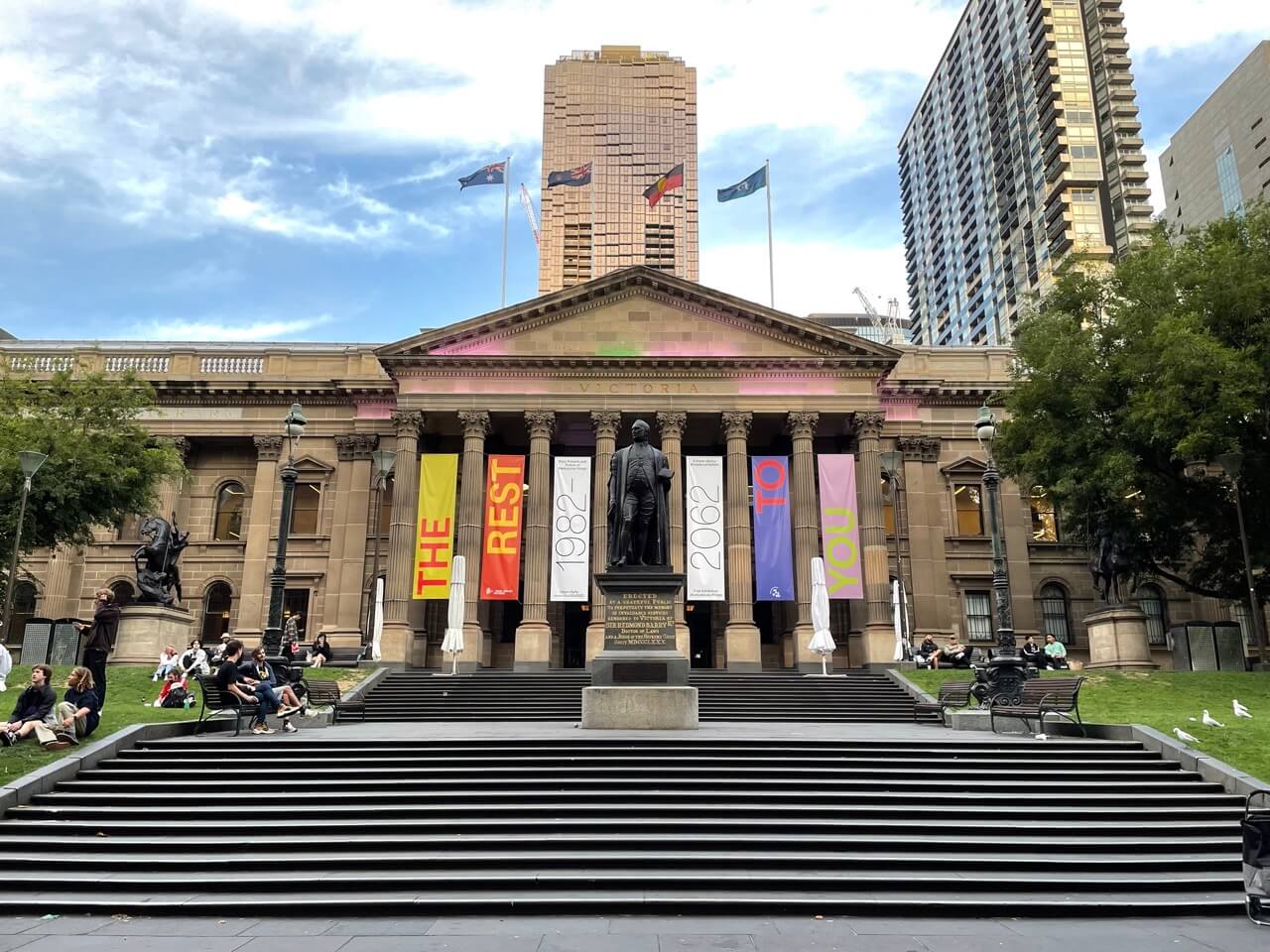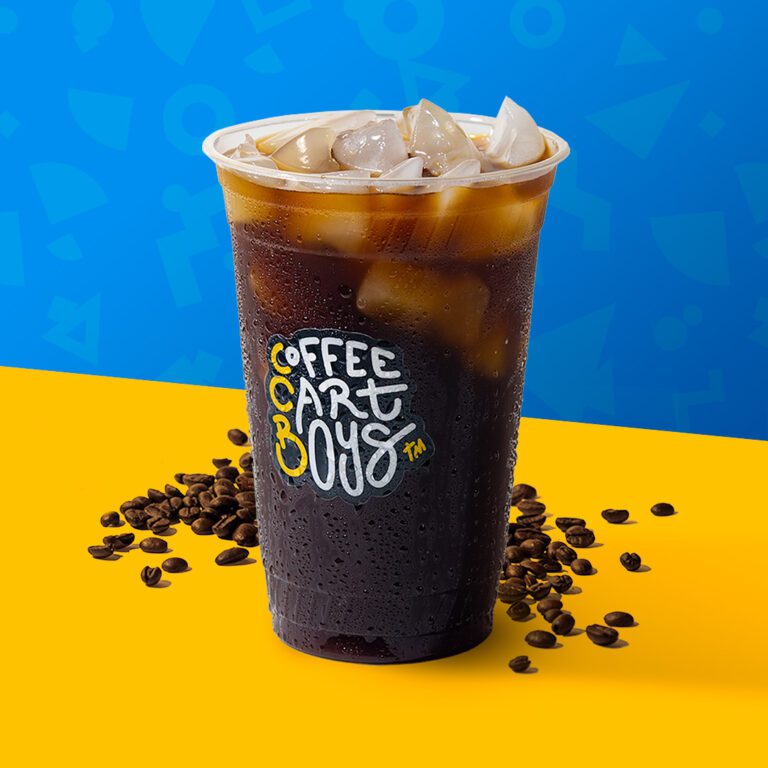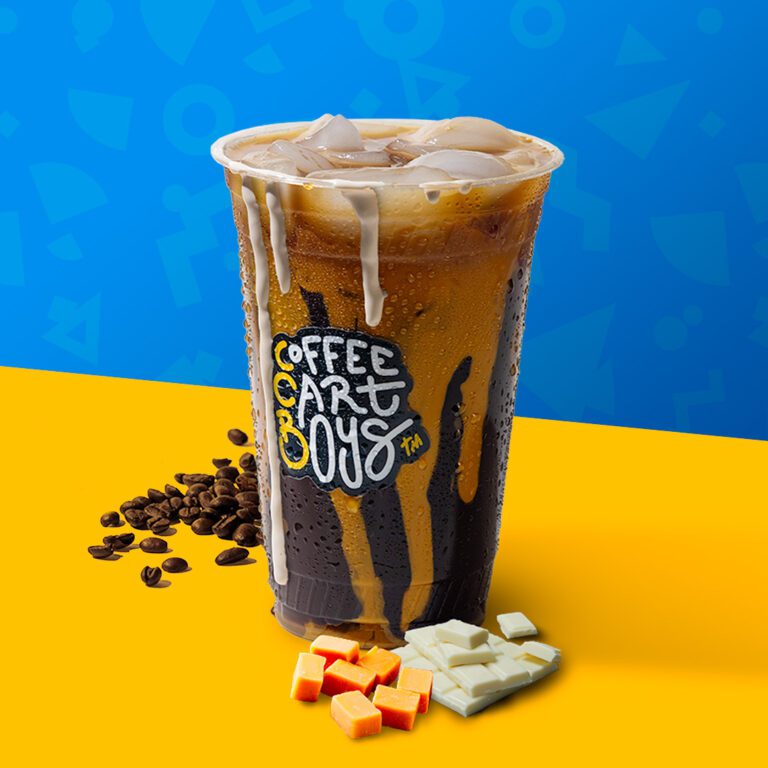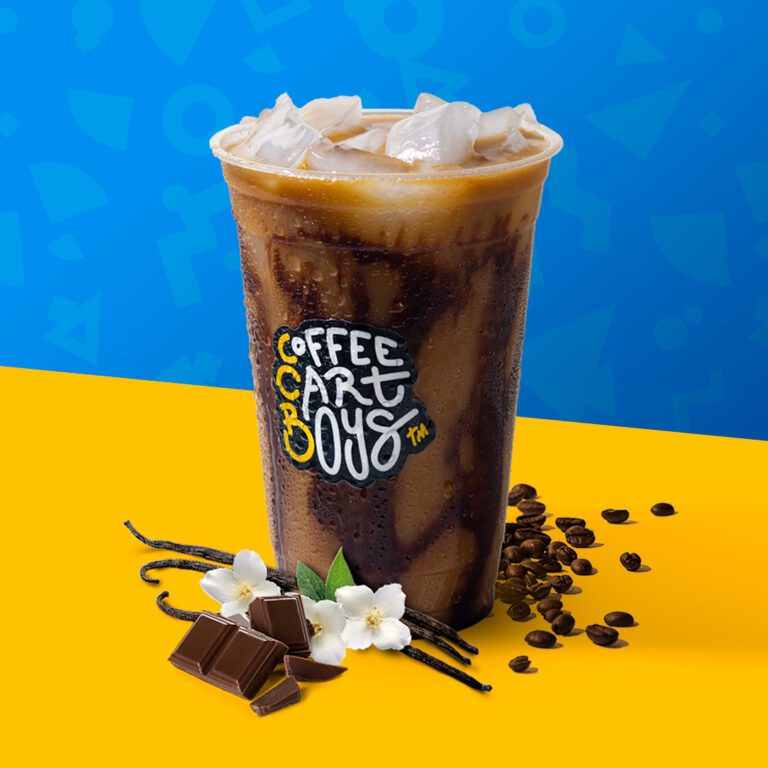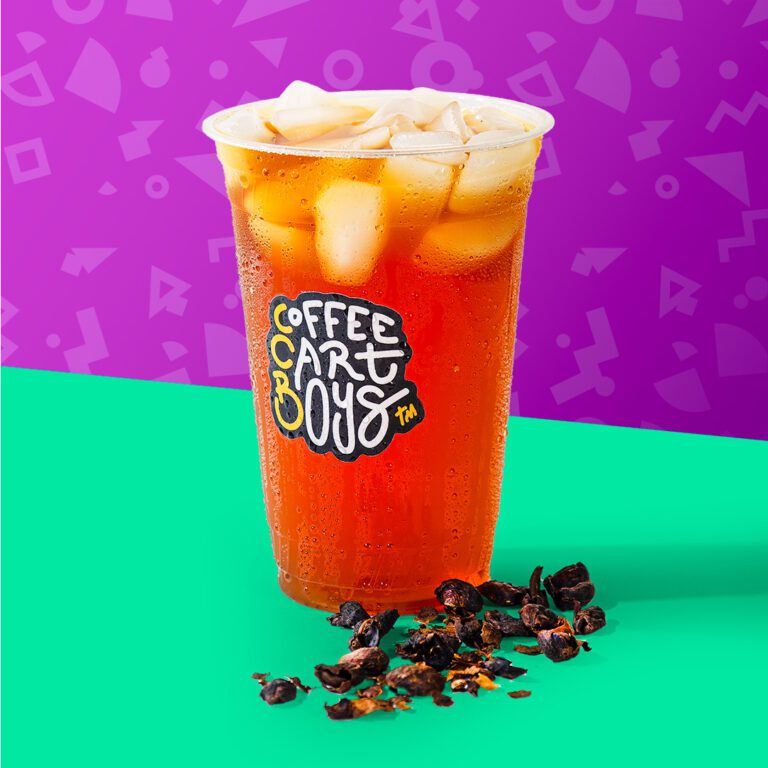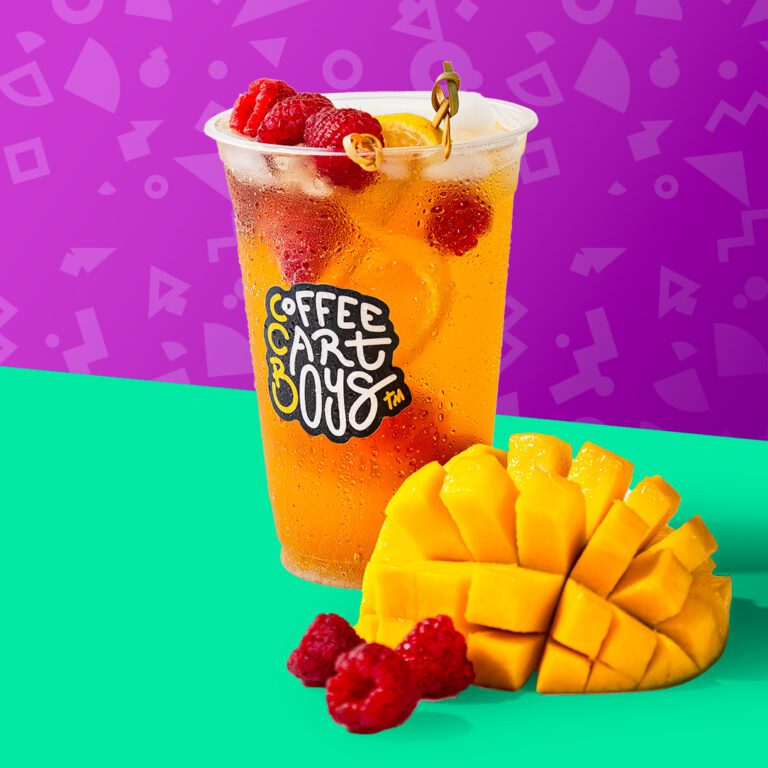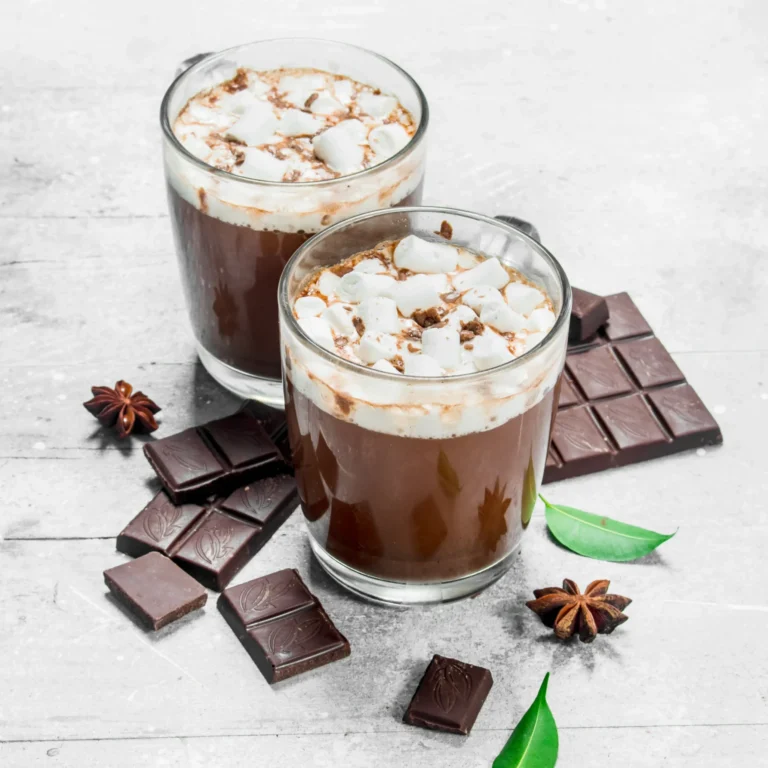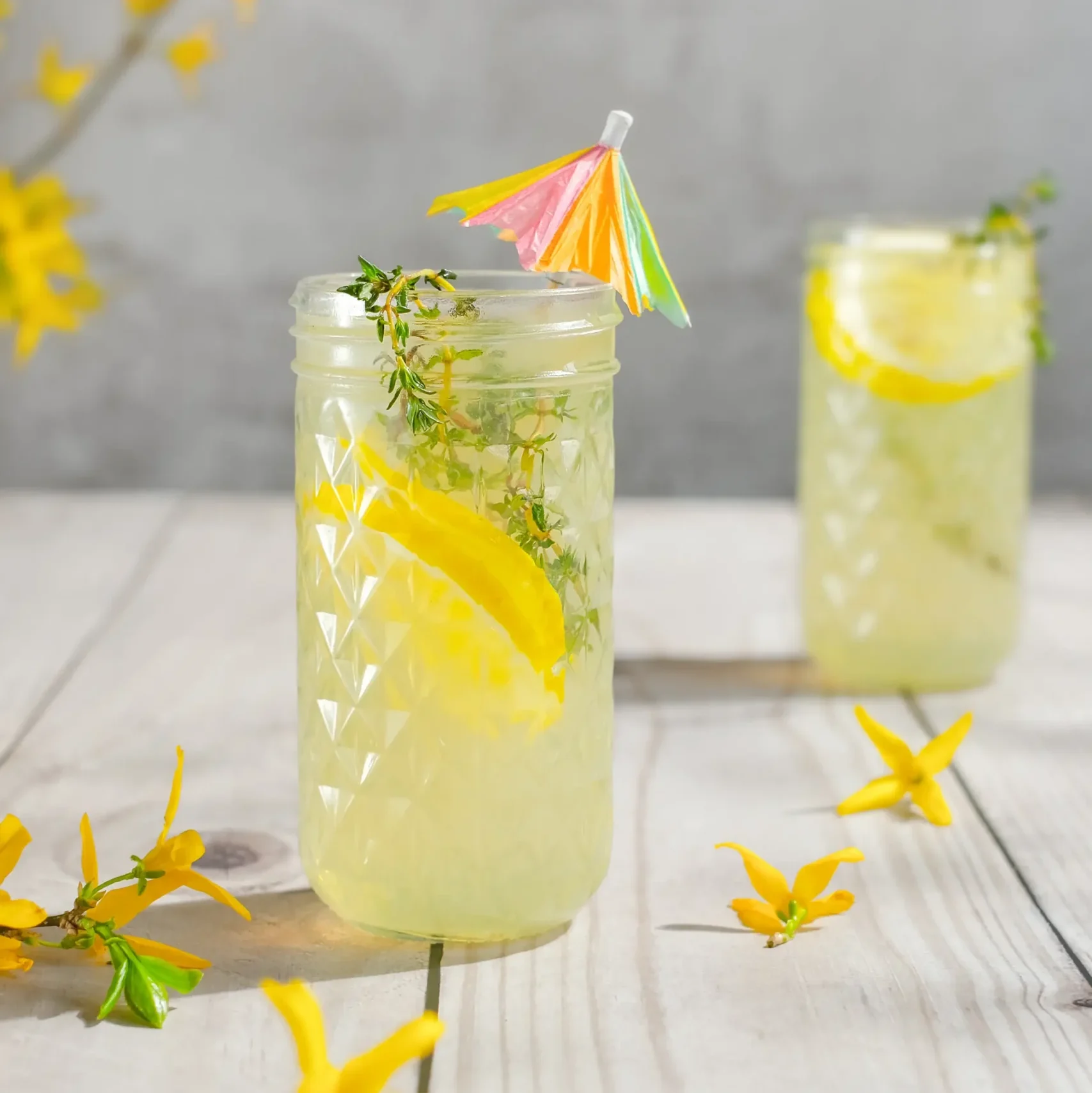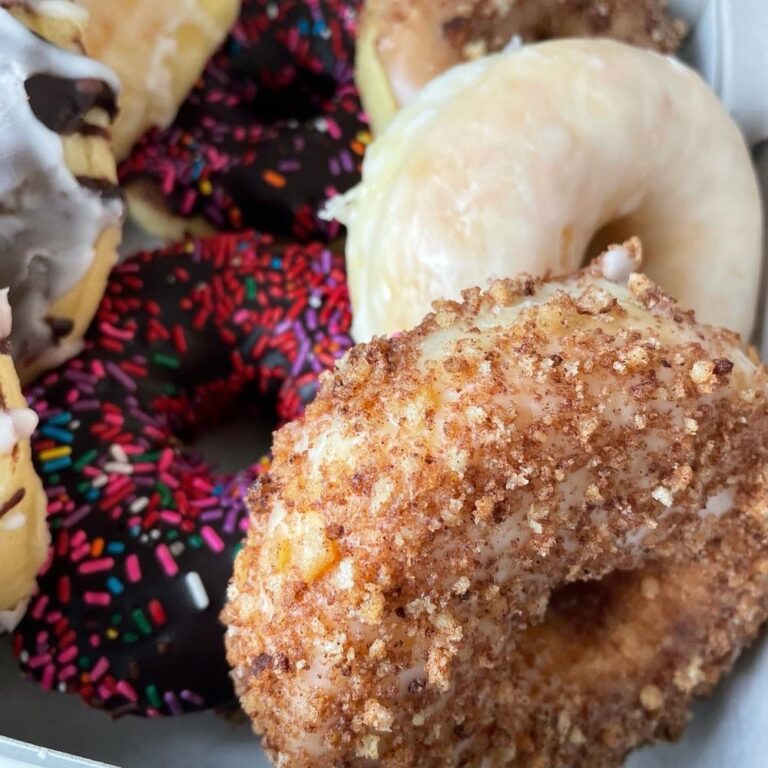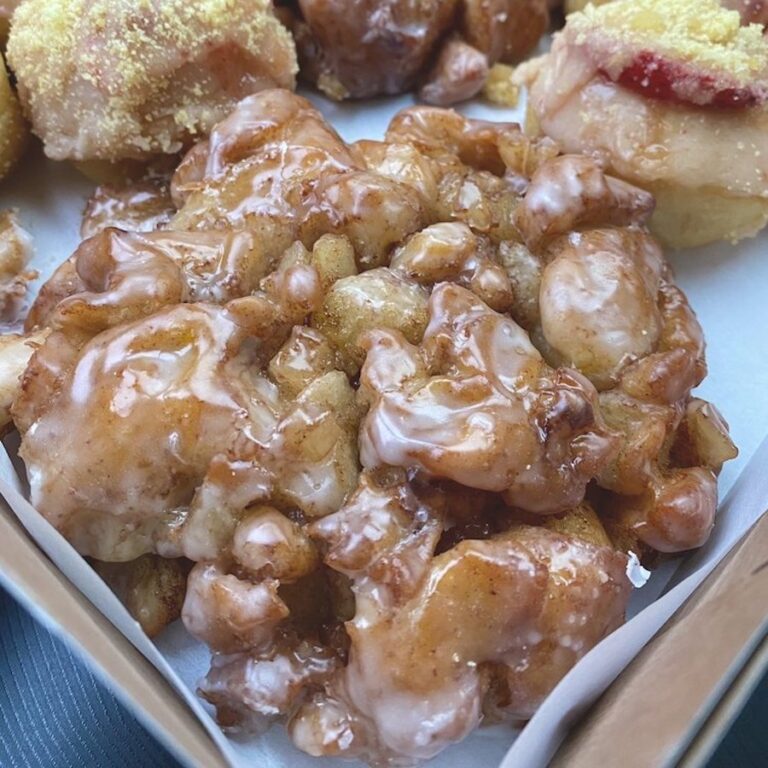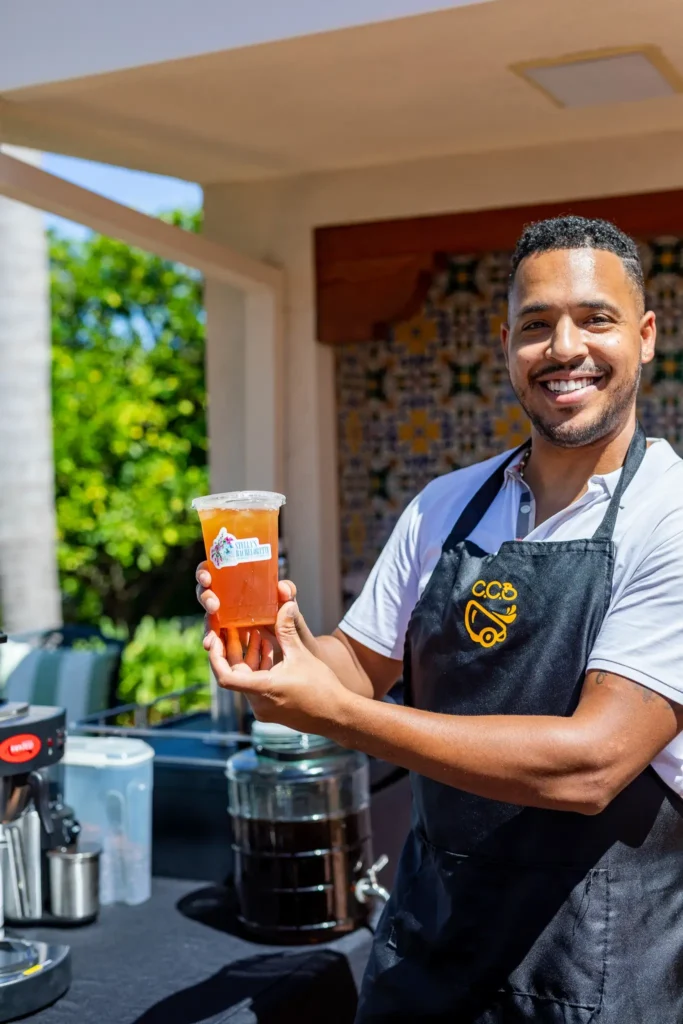Introduction
When it comes to accentuating the coffee drinking experience, it may be surprising to know that how you choose to brew your coffee is just as vital as the quality of the coffee beans themselves. This is not to say that one brewing method is better than another, but choosing the best one that aligns with your palette can significantly enhance satisfaction with each, tasty sip.
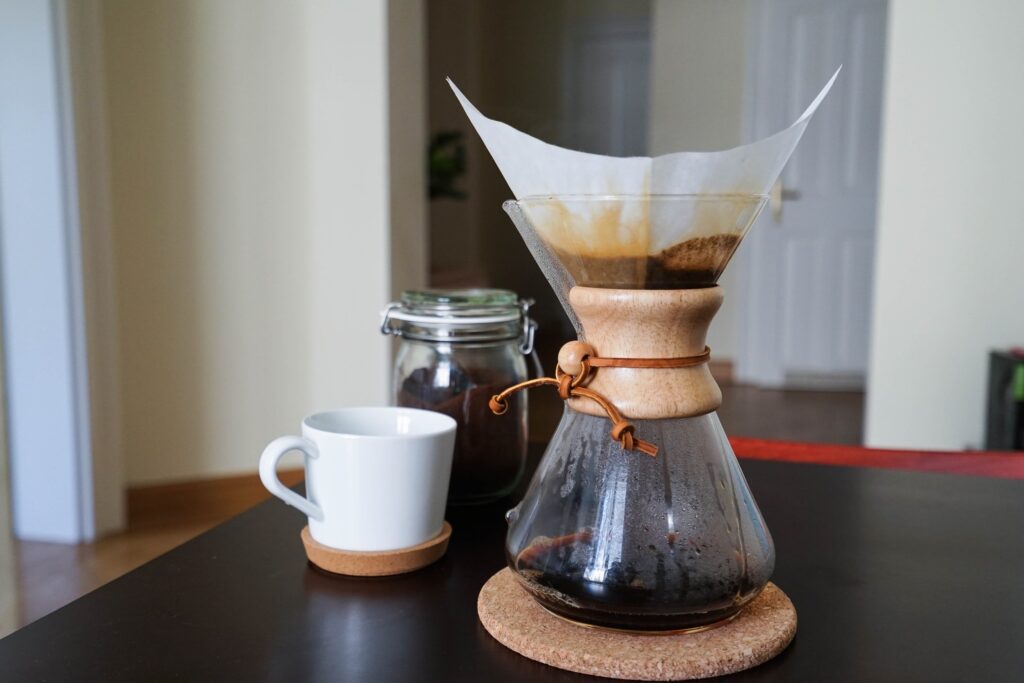
With that being said, how do you know which brewing method to choose? In general, this is something that will likely become a mixture of trial and error along with comparison work to discover the right approach for making coffee that fulfills your expectations. But to help you along with getting started on this process, below is a breakdown of the 5 leading brewing coffee methods circulating amongst coffee enthusiasts – each offering its own unique features and experiences across the coffee brewing scene.
With any of the 5 brewing methods, we recommend a brew ratio of 1/16 coffee to purified water (mineral or alkaline water will yield the best flavor). So, for a single serving you’d brew 25 grams of coffee with 400 milliliters of water. It’ll be a good idea to get a digital scale if you don’t have one already. Some of you may already be bored, but trust us: it’s easier and more exciting than it seems and takes just a few tries for it to become second nature.
–
Before jumping into the different methods, it’s best you understand how the word “strength” is used in coffee terms. Oftentimes, it’s misused to describe how caffeinated it is. This is not correct. In fact: “strength” more accurately describes how saturated your water is with coffee. For example, espresso shots are typically a 1/1.5 coffee to water ratio. That’s a whole lot “stronger” than a regular pour-over at 1/16, which is obviously more water than coffee compared to espresso.
This is important because this will help you understand how you like the taste of your coffee. If you love espresso, then you like a stronger coffee flavor. So, when you start experimenting with these different brew methods, you can adjust your ratios after you start with your 1/16 rule-of-thumb baseline.
Drip Coffee
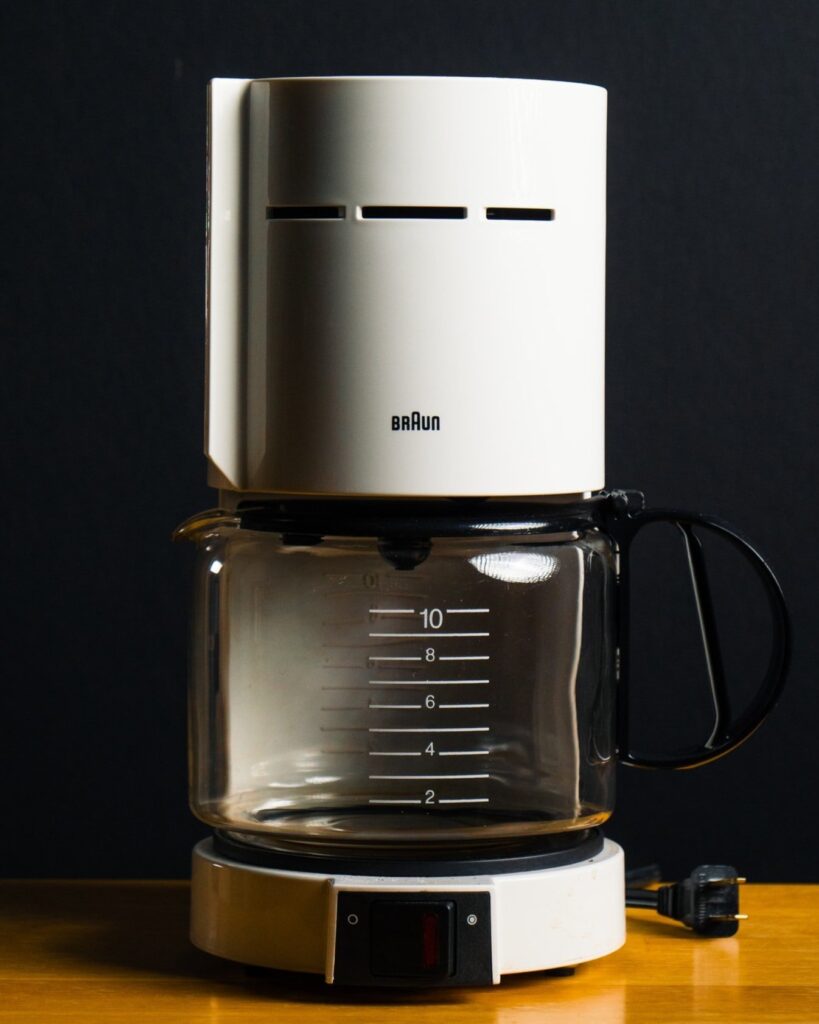
How to Brew
Drip coffee, which first peaked throughout the 20th century to optimize lifestyle efficiency, is one of the most common home brewing coffee methods throughout the market today. This method was inspired by the pour over method and entails leveraging an electronic coffee maker that takes care of the entire brewing process for you. For this one, all you need to do is simply add water into the reservoir, add your preferred coffee grounds in the designated filter, and push start.
The cool thing about this method is that it is fast (just a few minutes to heat up and brew), and flavor can be adjusted based on the type of ground you use and the strength you select on your machine. As a quick tip, consider investing in reusable filter containers such as metal K-Cups for Keurig brew machines to save money on disposables and add more opportunities to try our other renowned coffee types.
Roasts & Grinds
Medium or Dark
This provides optimal extraction because drip coffee machines rely on gravity to extract flavor. Light is too raw causing under-extraction and dark can lead to over-extraction.
Between Coarse and Fine (Medium Coarse)
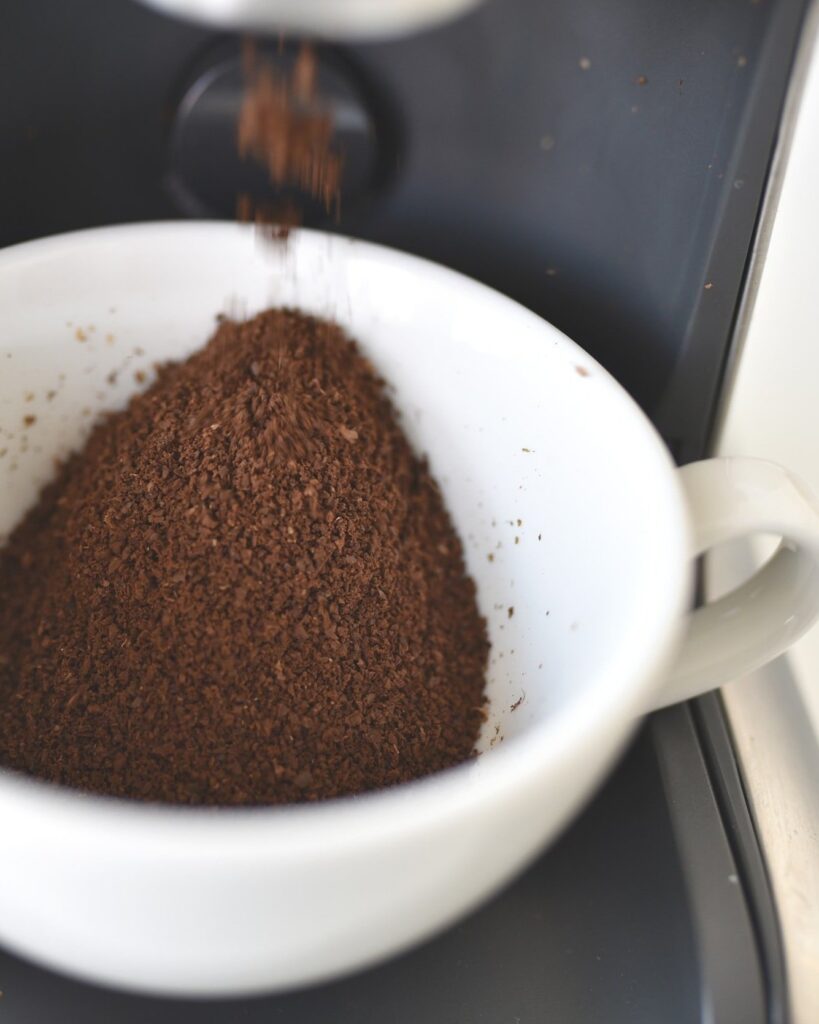
French Press
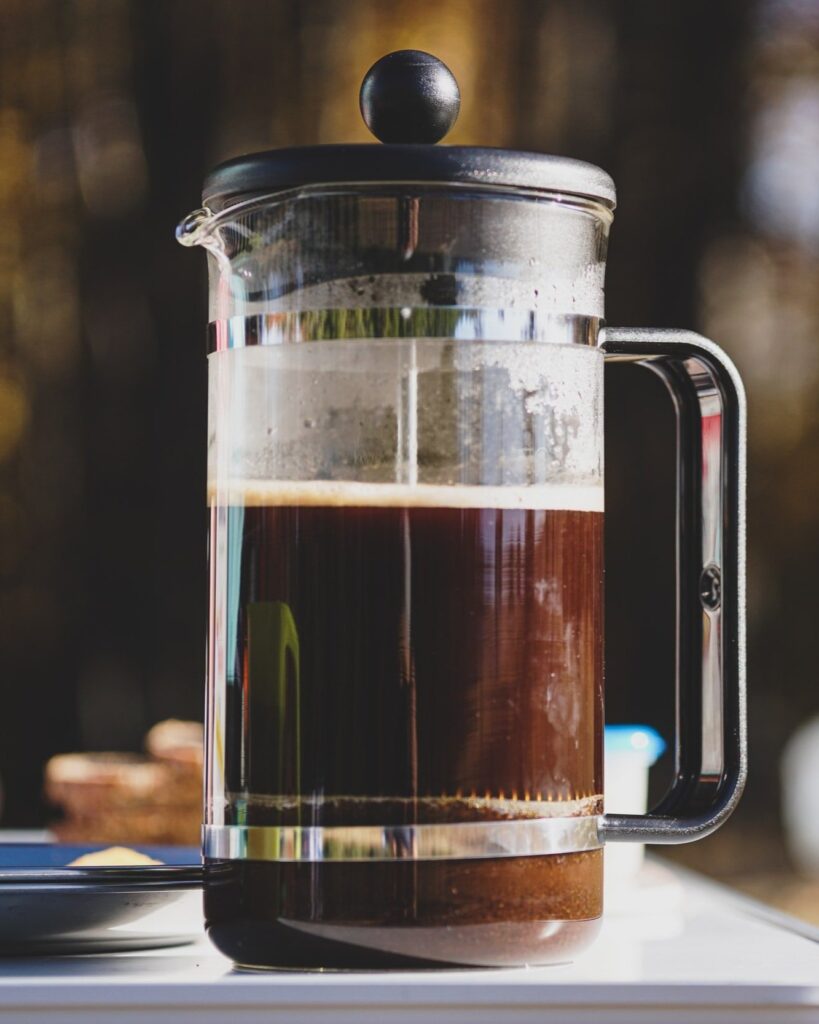
How to Brew
Next up is the French press brewing method. By definition, this method consists of making coffee by immersing grounds in hot water and then separating those grounds by pressing down on the stainless-steel filter. For this one, all you will need is a good French press coffee maker, a bag of CCB Signature, and about 5-8 minutes of commitment time. Keep in mind that French press coffee does not have standard filtration, which means some of the micro grounds and natural oils can get mixed into the final brewed result. You also have much more freedom in terms of full-bodied flavor, as you can alter the time your coffee grounds are steeped along with the temperature you use per session to sway the strength and taste potency.
Roasts & Grinds
Medium or Dark
Compared to pour over, this method will give a thicker, fuller body of flavor. Oftentimes, you won’t need milk, creamer or sweetener!
Between Coarse and Fine (Medium-Coarse)
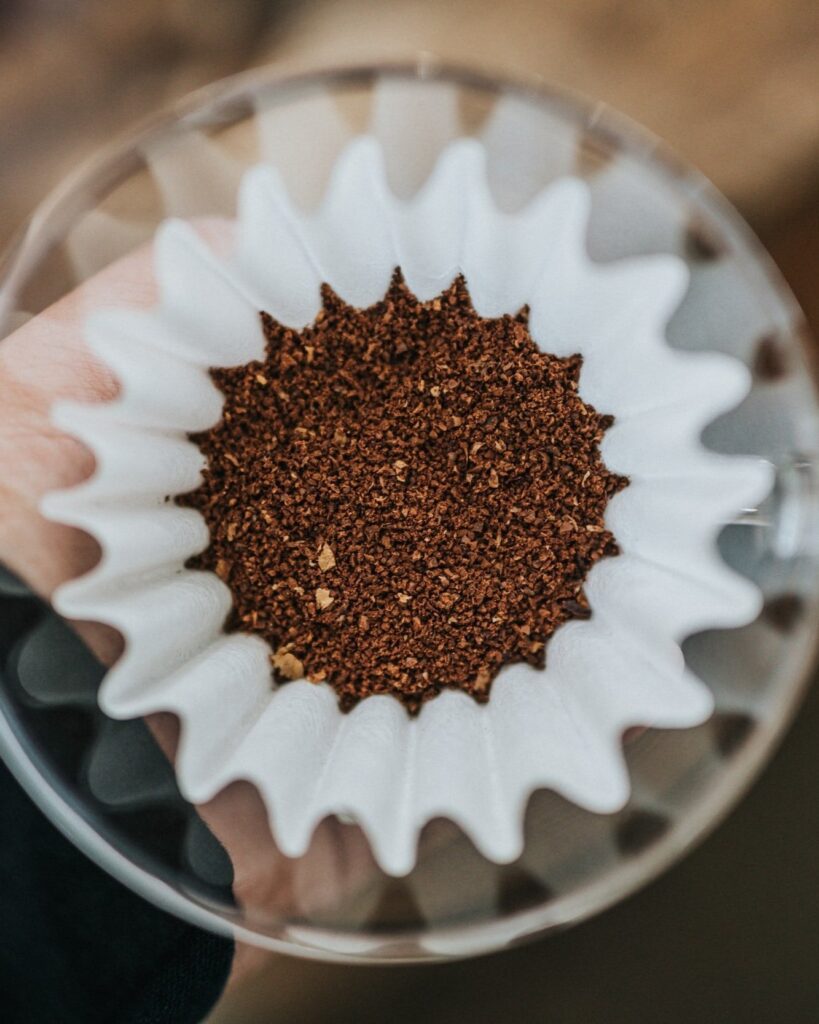
Pour-Over
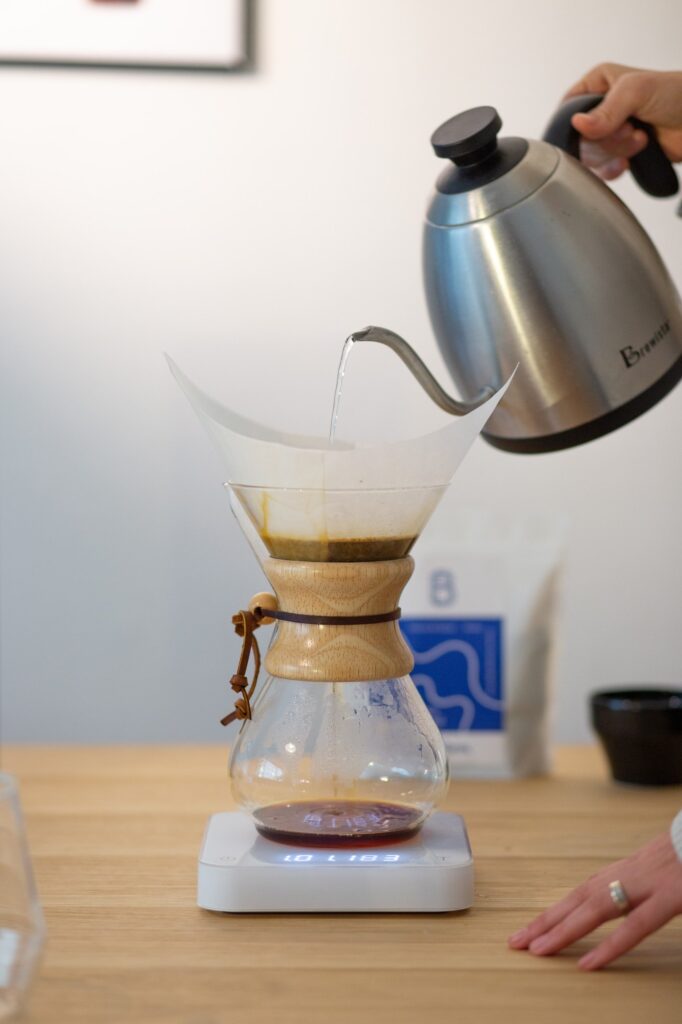
How to Brew
This method is our personal favorite!
Like the drip method, pour-over is a brewing process that saturates the coffee grounds in water and collects that liquid as it goes through the filter. The key difference, however, is that with pour-over you have much more control over the brewing intricacies than drip does. It is also popular for the mere fact that this method is able to amplify the intricate flavors compared to the many other brewing methods, making it a wonderful option for single-origin coffees.
For this one, you will need to invest in a Chemex or (Chemex-style) pour-over brewer, a water kettle, paper filters, a coffee grinder, and of course, fresh coffee beans. Though you can experiment with different levels, a sweet spot to try is 1g of coffee for every 16ml of water to get a medium/bold-flavored result. Please also note that pour-over coffee may be an excellent method, but it does require some more steps and manual effort than its drip method counterpart.
Roasts & Grinds
Light or Medium
With the pour over method, this is the ideal roast level to taste the truest essence of a naturally processed bean from CCB.
Slightly finer than what you’d use for an auto-drip machine or percolator.
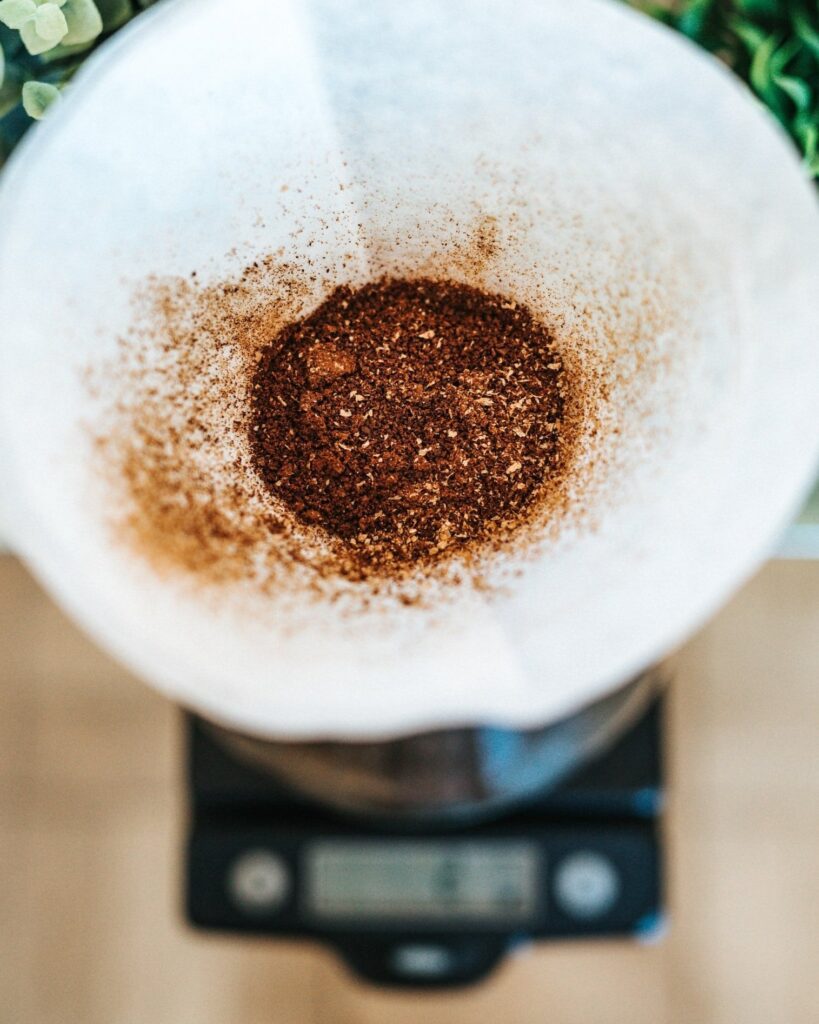
Espresso
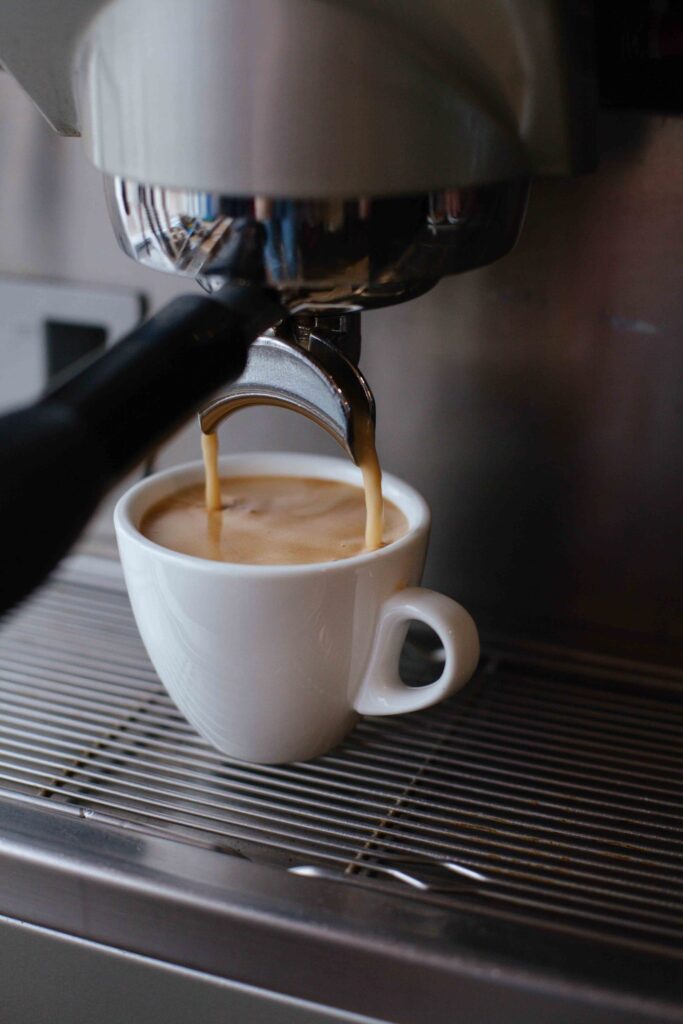
How to Brew
To date, espresso coffee is one of the more complex methods, but it can become quite repeatable and seamless once you’ve dialed in your preferred roast setup. Espresso involves investing in a standard espresso machine, or “hacked” methods using an AeroPress or by using a French Press. All in all, unlike other brewing coffee processes that rely on slow filtering through coffee grounds, espresso pressurizes and pushes the water through the coffee, turning it into ‘cakes.’ This, in turn, results in a very quick and aromatic shot of coffee that is smooth, sweet, and can be topped with additives like steamed milk or foam.
Roasts & Grinds
Any
For a more “roasty” and intense brew, use a dark roast. Go lighter to taste the beans’ more delicate, natural flavors.
Superfine (basically powder)
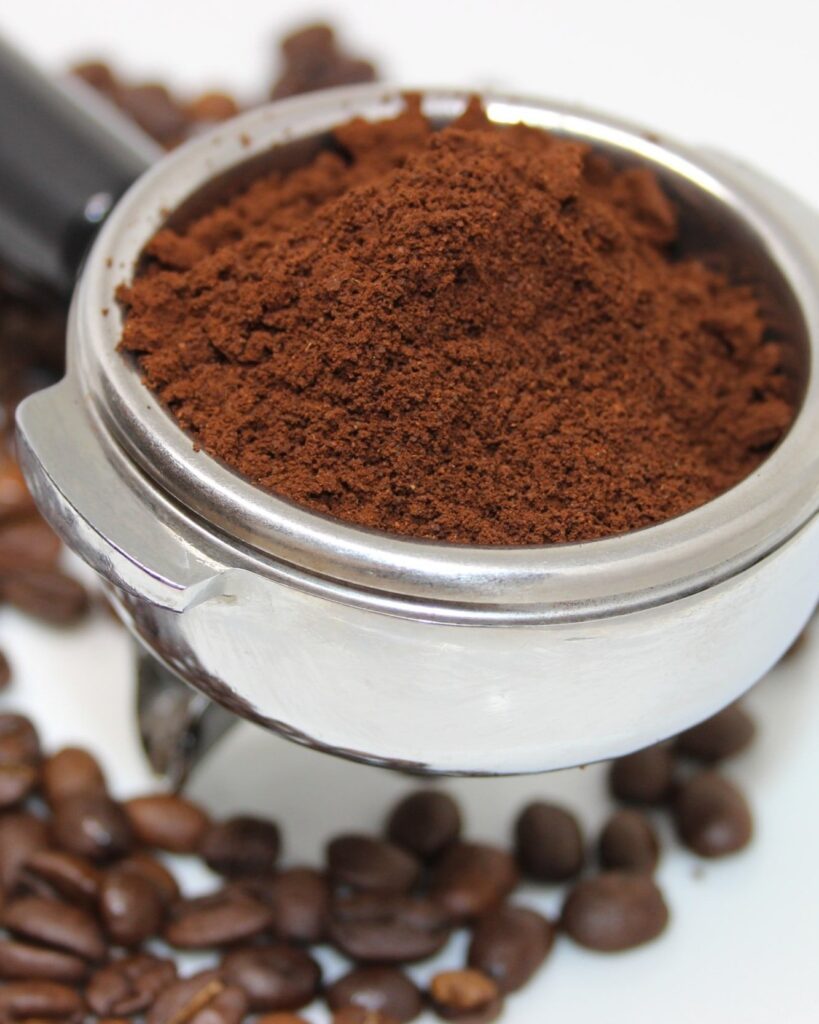
Cold Brew

How to Brew
Not to be confused with iced coffee, making coffee using the cold brew method is the process that uses a very high coffee to water ratio. With an average 1:4 or 1:8 ratio, this is why cold brew coffee tends to come out much stronger and features more caffeine than the same amount using drip. This method involves steeping coffee in water at cold or room temperatures, as the lower temps make the cold brew taste different (sweeter and less acidic) against hot brews using the same coffee beans.
As a final note here, cold brew is a great option to experience, but it does take an exceptional amount of time to perform, anywhere from 8 to 24 hours depending on your taste preferences. So, this may be more of a special coffee process rather than an everyday one.
Roasts & Grinds
Dark
Lighter roasts’ flavors will be muted/diluted by the cold brew process.
Coarse or Extra Coarse
This will largely depend on how much space you have in the vessel you’re using to brew. For example, a smaller container of about 16-32 ounces should use coarse or medium coarse. If you’re making 20+ servings, go for the extra coarse.
